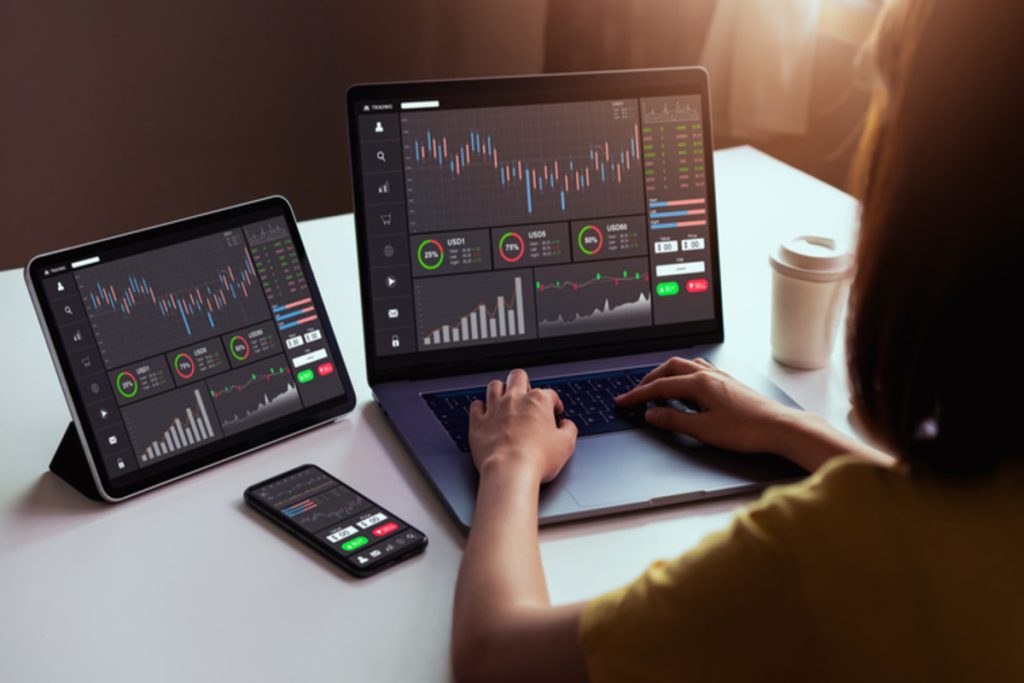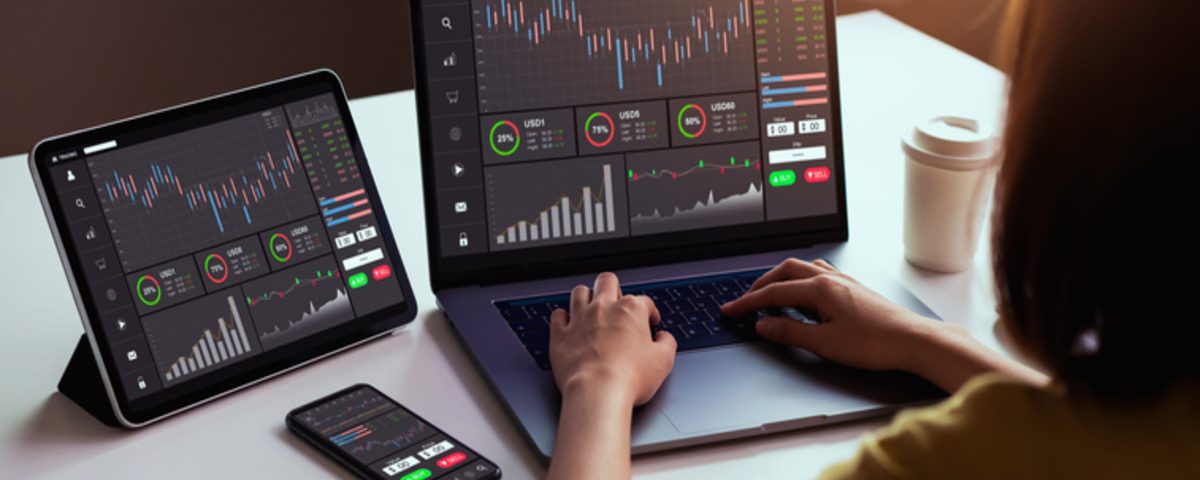
Forex Trading Strategies for Beginners: A Comprehensive Guide
12/07/2024
The Importance of Leverage in Forex: A Comprehensive Guide
12/07/2024Risk Management in Forex Trading: A Comprehensive Guide
Introduction to Risk Management
Risk management is a crucial aspect of Forex trading that helps traders protect their capital and maximize their potential for long-term success. It involves identifying, assessing, and mitigating the risks associated with trading currencies. This comprehensive guide will delve into the essential principles and techniques of risk management in Forex trading. Whether you are a beginner or an experienced trader, understanding and applying these concepts can significantly improve your trading performance.

Why Risk Management is Important
Forex trading is inherently risky due to the market’s high volatility and leverage. Without proper risk management, traders can quickly incur significant losses. Effective risk management helps traders:
- Preserve Capital: By limiting potential losses, traders can preserve their trading capital and stay in the game longer.
- Reduce Stress: Knowing that risks are managed reduces emotional stress and helps traders make more rational decisions.
- Improve Consistency: Implementing risk management techniques leads to more consistent trading performance over time.
- Achieve Long-Term Success: Proper risk management is essential for achieving sustainable profitability in the long run.
Key Concepts in Risk Management
1. Risk-Reward Ratio
The risk-reward ratio is a measure of the potential return of a trade relative to its risk. It is calculated by dividing the potential profit by the potential loss. For example, a risk-reward ratio of 1:3 means that for every dollar risked, the trader expects to make three dollars in profit.
How to Use Risk-Reward Ratio
- Set Clear Targets: Define your profit target and stop-loss level before entering a trade.
- Evaluate Trades: Only take trades with a favorable risk-reward ratio, typically 1:2 or higher.
- Adjust Position Size: Use the risk-reward ratio to determine the appropriate position size for each trade.
2. Position Sizing
Position sizing refers to determining the amount of capital to risk on each trade. It is a critical component of risk management that helps control potential losses.
How to Calculate Position Size
- Determine Risk Per Trade: Decide how much of your trading capital you are willing to risk on each trade, usually 1-2%.
- Calculate Stop-Loss Distance: Measure the distance between the entry price and the stop-loss level in pips.
- Determine Pip Value: Calculate the value of each pip based on the currency pair and position size.
- Calculate Position Size: Use the following formula:
[ \text{Position Size} = \frac{\text{Risk Per Trade}}{\text{Stop-Loss Distance} \times \text{Pip Value}} ]
3. Leverage
Leverage allows traders to control larger positions with a smaller amount of capital. While leverage can amplify profits, it also increases the risk of significant losses.
How to Manage Leverage
- Use Low Leverage: Limit the amount of leverage used to reduce potential losses.
- Understand Margin Requirements: Be aware of the margin required to maintain open positions.
- Monitor Account Balance: Regularly check your account balance to ensure you have sufficient margin to cover open trades.
4. Stop-Loss Orders
A stop-loss order is an instruction to close a trade at a specific price level to limit potential losses. It is a vital tool for managing risk in Forex trading.
How to Use Stop-Loss Orders
- Set Before Entering Trade: Always set a stop-loss order before entering a trade to define your risk.
- Place at Logical Levels: Place stop-loss orders at technical levels, such as support and resistance, to minimize the chance of being stopped out prematurely.
- Adjust as Needed: Move stop-loss orders to break even or lock in profits as the trade moves in your favor.
Risk Management Techniques
1. Diversification
Diversification involves spreading your risk across multiple trades and currency pairs. By diversifying, you reduce the impact of any single trade or currency pair on your overall portfolio.
How to Diversify
- Trade Multiple Pairs: Avoid concentrating all your capital in one currency pair.
- Use Different Strategies: Implement various trading strategies to reduce risk.
- Vary Time Frames: Trade on different time frames to capture different market dynamics.
2. Hedging
Hedging involves taking positions that offset potential losses in other trades. It is a strategy used to reduce the risk of adverse price movements.
How to Hedge
- Direct Hedging: Open a position in the opposite direction of an existing trade in the same currency pair.
- Cross-Currency Hedging: Open a position in a different currency pair that is negatively correlated with the existing trade.
3. Regularly Reviewing and Adjusting
Regularly reviewing and adjusting your trades and strategies is essential for effective risk management. It helps ensure that your risk management plan remains aligned with market conditions and your trading goals.
How to Review and Adjust
- Analyze Performance: Regularly review your trading performance and identify areas for improvement.
- Adjust Strategies: Modify your trading strategies based on market conditions and performance analysis.
- Update Risk Management Plan: Ensure your risk management plan evolves with your trading experience and market changes.
4. Psychological Discipline
Maintaining psychological discipline is crucial for effective risk management. Emotional trading can lead to impulsive decisions and significant losses.
How to Maintain Discipline
- Stick to Your Plan: Follow your trading and risk management plan consistently.
- Avoid Overtrading: Resist the temptation to make unnecessary trades based on emotions.
- Take Breaks: Step away from the market during periods of high stress or after significant losses to regain composure.
Practical Examples of Risk Management
Example 1: Setting a Stop-Loss Order
Suppose you have a $10,000 trading account and decide to risk 2% per trade. This means you can risk $200 on each trade. You identify a trade setup in the EUR/USD pair and set your entry price at 1.1500 with a stop-loss at 1.1450, a 50-pip stop-loss distance.
- Risk Per Trade: $200
- Stop-Loss Distance: 50 pips
- Pip Value: $10 per pip (standard lot)
[ \text{Position Size} = \frac{200}{50 \times 10} = 0.4 \text{ lots} ]
You enter the trade with a position size of 0.4 lots, ensuring your risk is limited to $200.
Example 2: Using Risk-Reward Ratio
You identify a potential trade setup with a target profit of 100 pips and a stop-loss of 50 pips, giving you a risk-reward ratio of 1:2.
- Target Profit: 100 pips
- Stop-Loss: 50 pips
- Risk-Reward Ratio: 1:2
By maintaining a risk-reward ratio of 1:2 or higher, you ensure that your potential profit is at least twice your potential loss, which helps improve overall profitability.
Example 3: Hedging a Position
You have a long position in the USD/JPY pair and want to hedge against potential losses. You open a short position in the EUR/JPY pair, which is negatively correlated with USD/JPY.
- Long Position: USD/JPY
- Hedge Position: Short EUR/JPY
If the USD/JPY position moves against you, the EUR/JPY position may offset some of the losses, reducing overall risk.
Advanced Risk Management Strategies
1. Trailing Stop-Loss Orders
A trailing stop-loss order moves with the market price, maintaining a set distance from the current price. This allows you to lock in profits while minimizing risk.
How to Use Trailing Stops
- Set Initial Stop-Loss: Set an initial stop-loss order at a logical level.
- Enable Trailing: Configure the trailing stop to move with the market price at a fixed distance.
- Adjust as Needed: Manually adjust the trailing stop if necessary to capture more profits.
2. Using Volatility Indicators
Volatility indicators, such as the Average True Range (ATR), help determine appropriate stop-loss levels based on market volatility.
How to Use Volatility Indicators
- Calculate ATR: Determine the ATR value for the currency pair.
- Set Stop-Loss: Use the ATR value to set stop-loss levels that account for market volatility.
- Adjust Position Size: Adjust your position size based on the ATR to manage risk effectively.
3. Risk Mitigation with Correlation
Currency pairs often exhibit correlations, where the price movements of one pair influence another. Understanding these correlations can help manage risk by diversifying trades.
How to Use Correlation
- Identify Correlations: Analyze currency pairs to identify positive or negative correlations.
- Diversify Trades: Avoid placing all trades in highly correlated pairs to reduce risk.
- Monitor Changes: Regularly check correlations as they can change over time due to market conditions.
4. Implementing a Trading Plan
A comprehensive trading plan outlines your trading goals, strategies, risk management rules, and criteria for entering and exiting trades.
How to Implement a Trading Plan
- Define Goals: Set clear and achievable trading goals.
- Outline Strategies: Detail the trading strategies you will use.
- Set Risk Rules: Establish rules for risk management, including position sizing and stop-loss levels.
- Review Regularly: Regularly review and update your trading plan to reflect changes in market conditions and your trading experience.
Conclusion
Effective risk
management is essential for long-term success in Forex trading. By understanding and applying key concepts such as risk-reward ratio, position sizing, leverage, and stop-loss orders, traders can protect their capital and improve their trading performance. Implementing techniques such as diversification, hedging, and trailing stops further enhances risk management. Maintaining psychological discipline and following a comprehensive trading plan ensures that traders can navigate the volatile Forex market with confidence. With this comprehensive guide, you are now equipped with the knowledge to manage risk effectively and achieve sustainable profitability in Forex trading.
-
Risk Management in Forex Trading: A Comprehensive Guide
Risk Management in Forex Trading: A Comprehensive Guide Introduction to Risk Management Risk management is a crucial aspect of Forex trading that helps traders protect their […]




